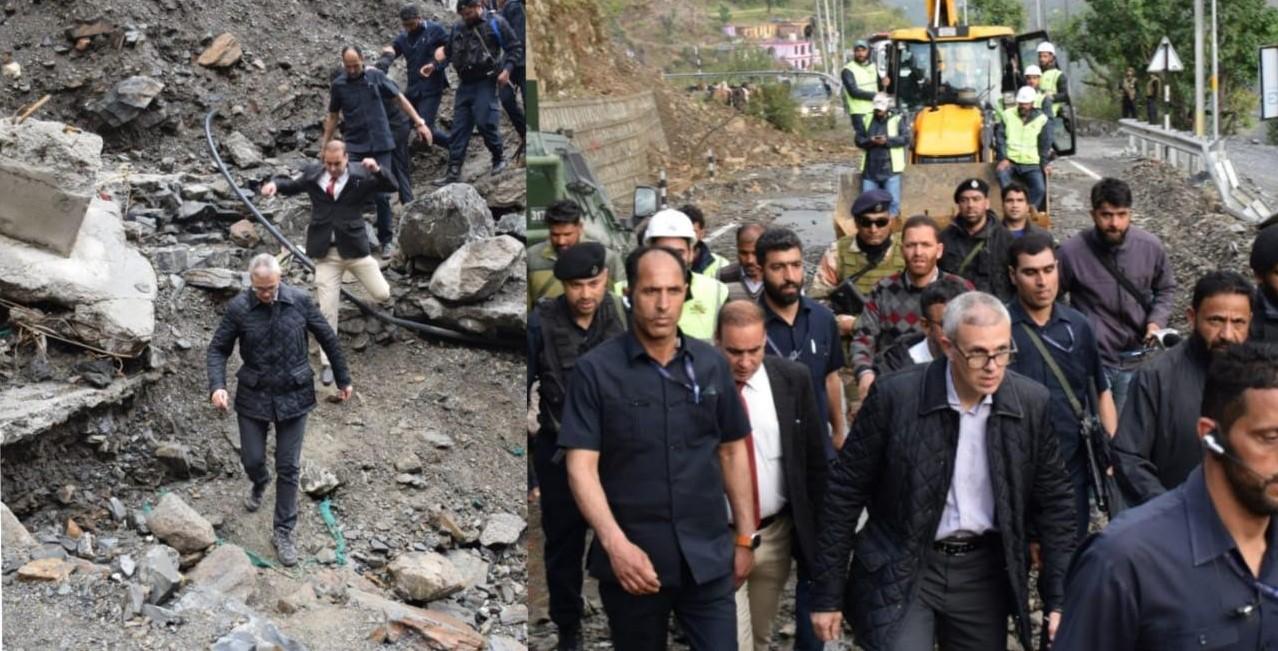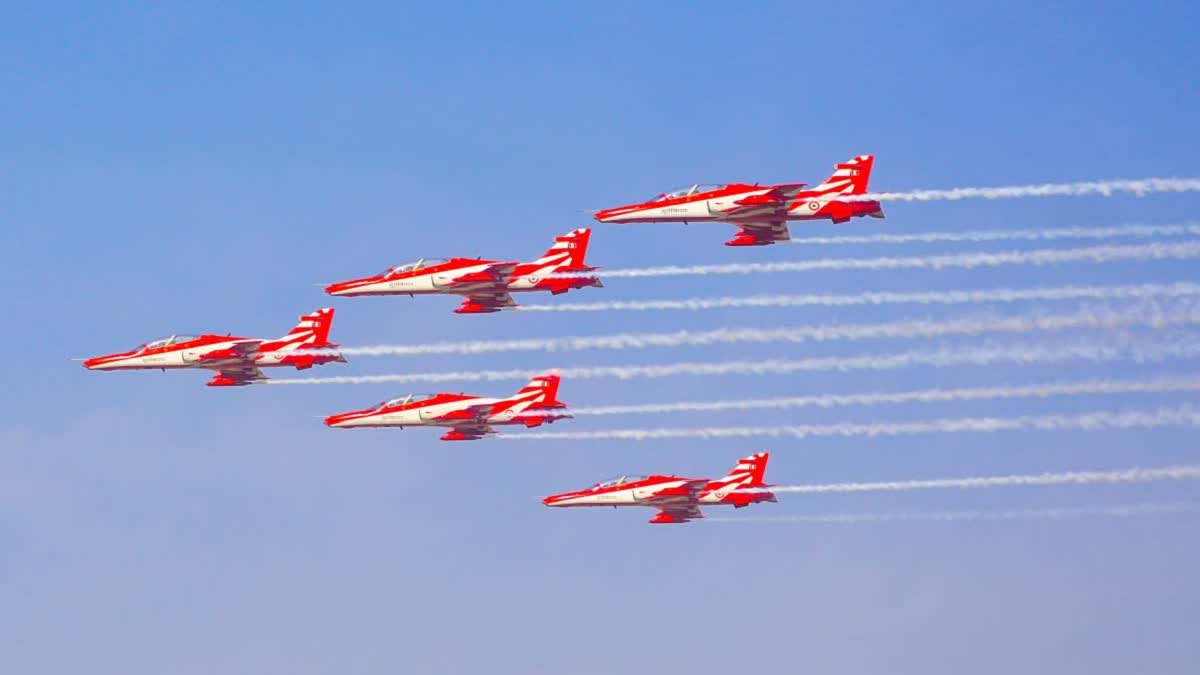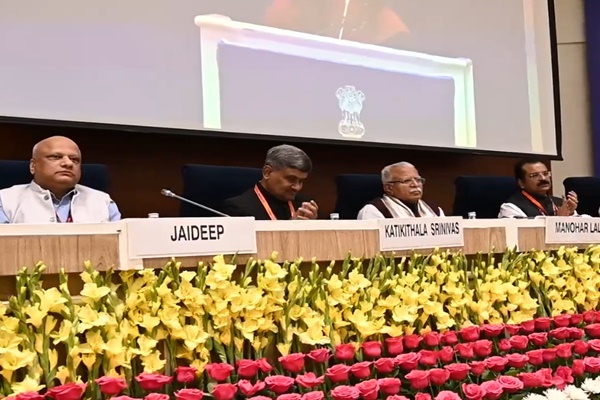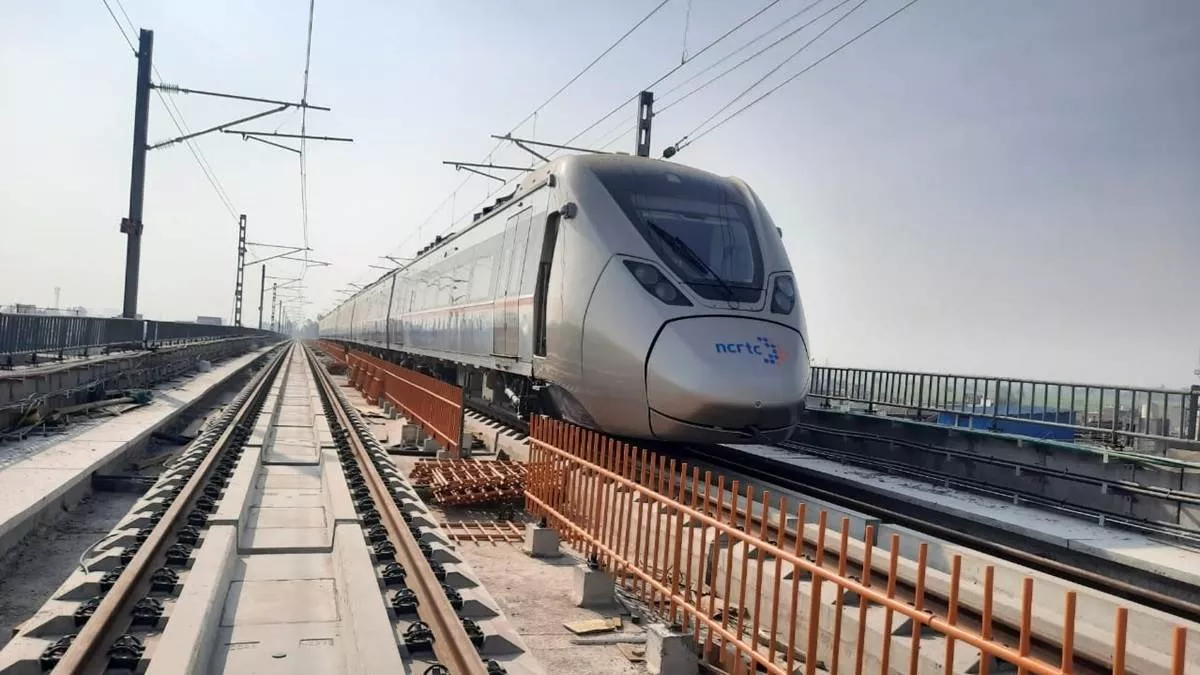North Korea: US vows sanctions and will activate Thaad system 'within days'
Thu 27 Apr 2017, 18:18:17
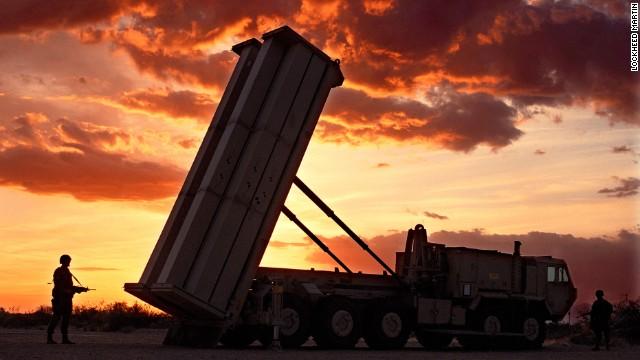
The US says it plans to activate a missile defence system in South Korea "within days" and tighten economic sanctions against North Korea.
The announcements from the Trump administration come amid rising fears about the North's military advances.
The Thaad system was originally not expected to be in use until late 2017. Many South Koreans oppose it, fearing they will become a target.
North Korea has vowed to conduct more missile and nuclear tests.
Speaking to members of the US Congress on Wednesday, Adm Harry Harris, commander of the US Pacific Command, said Thaad would be "operational in the coming days to be able to better defend South Korea against the growing North Korea threat".
He has said the system is designed to bring North Korean leader Kim Jong-un "to his senses, not to his knees".
How mixed signals on North Korea could spell disaster
What can the outside world do about N Korea?
North Korea's
missile programme
missile programme
What is Thaad?
What is the Terminal High Altitude Area Defence System (Thaad)?
Shoots down short- and medium-range ballistic missiles in the terminal phase of their flight
Uses hit-to-kill technology - where kinetic energy destroys the incoming warhead
Has a range of 200km (120 miles) and can reach an altitude of 150km
US has previously deployed it in Guam and Hawaii as a measure against potential attacks from North Korea
Deployment to South Korea was agreed by Obama administration
The arrival of the defence equipment at the Seongju site on Wednesday was met with protests by locals.
It has also angered China, which fears the system's radar capabilities will affect its own military security, and that it changes the balance of power in the region.
The Thaad deployment comes at a time of escalated fears of military action on the ever-tense Korean peninsula.
No Comments For This Post, Be first to write a Comment.
Most viewed from International
Most viewed from World
AIMIM News
Latest Urdu News
Most Viewed
May 26, 2020
Do you think Canada-India relations will improve under New PM Mark Carney?
Latest Videos View All
Like Us
Home
About Us
Advertise With Us
All Polls
Epaper Archives
Privacy Policy
Contact Us
Download Etemaad App
© 2025 Etemaad Daily News, All Rights Reserved.


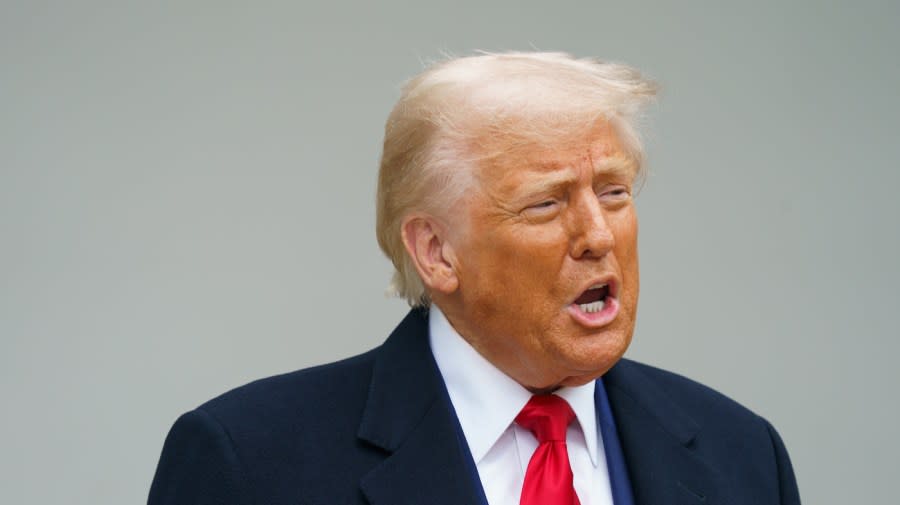





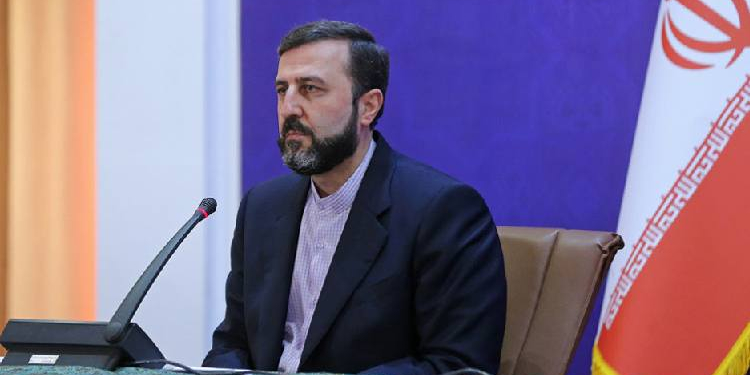

.jpg)
.jpg)

